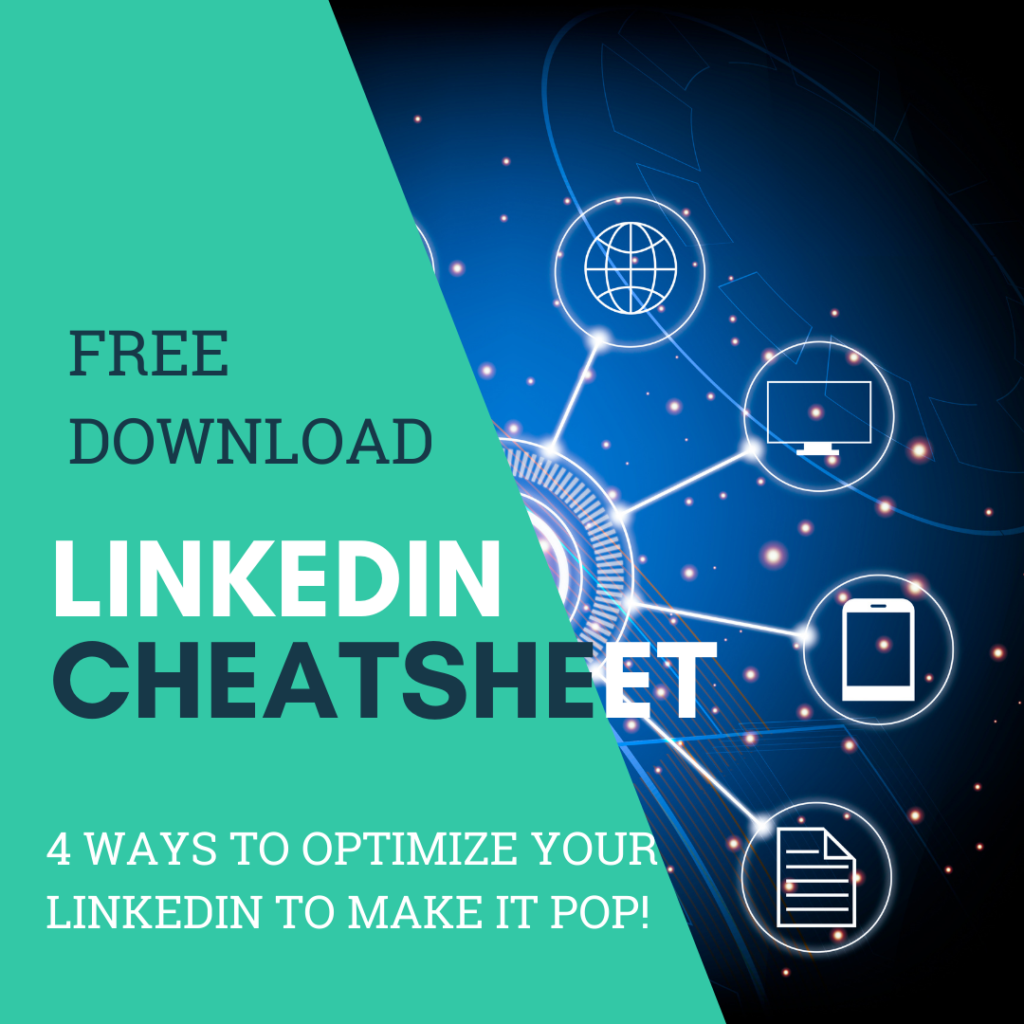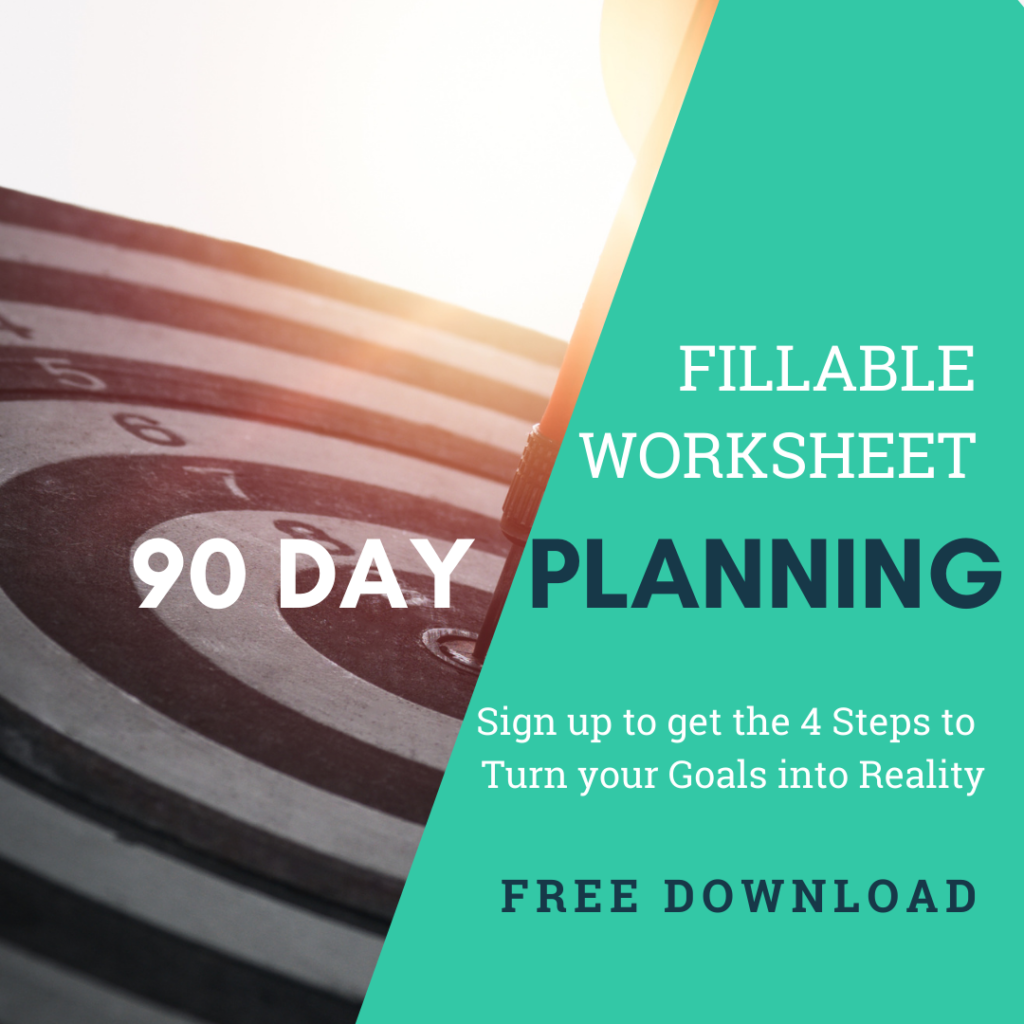Today I’m talking about the best strategy to pay off debt as fast as humanly possible – the Debt Snowball strategy. A lot of folks I know feel kind of paralyzed and overwhelmed by debt. I just want to tell you that it is completely possible to get out of debt. The last thing you want to do is ignore that it’s there. Like any of our modern problems, ignoring it only allows it to fester and increase and get worse.
When it comes to debt, you’ve got to kind of tackle it head on. So I want to give you some concrete strategies for how to do that. In the last post we were talking about how to make your finances fun. One of the ways you can do that is to get yourself a debt payoff calculator tool. Use it to start looking at how you’re going to pay off debt as quickly as possible. These tools work, because they use a method called snowballing to help you build momentum towards paying off debt faster.
I want to spend a little bit of time talking to you about snowballing, how it works, and why it works. And also why it’s so exciting for those of us who might be feeling a little bit crushed and suffocated by debt. Whether that’s student loans, or credit cards, a car note, or a mortgage before you were ready. Debt is something that is totally tackle-able if you use a snowballing strategy.
So what is Snowballing?
 It is the best strategy to pay off your debt that focuses on either the highest interest rate, or the smallest balance. This will help you build momentum towards debt payoff. The way it works is that it allows you to concentrate on paying off one debt at a time. Once that debt is paid off, use that (now) new money to increase the payoff for the next debt in sequence.
It is the best strategy to pay off your debt that focuses on either the highest interest rate, or the smallest balance. This will help you build momentum towards debt payoff. The way it works is that it allows you to concentrate on paying off one debt at a time. Once that debt is paid off, use that (now) new money to increase the payoff for the next debt in sequence.
There are a couple of different ways that this works. Depending on the strategy, you might call it snowballing, or stacking, or the debt avalanche approach. They’re all pretty much using the same philosophy when they’re using these terms, so don’t get confused or overwhelmed by it. All we’re talking about is paying off your debt in a systematic and intentional way.
Strategy #1: Order your debts from highest to lowest interest rates
This first strategy is like the traditional method of ordering your debts in order of the highest interest rate to the lowest interest rate. The reason you do that is to prioritize the highest interest rate. Because that debt is costing you the most, in terms of the additional money you’re owing by carrying it month to month.
Prioritize the highest interest rate because that debt is costing you the most.
It’s the most costly, and so we start with the highest interest rate. We take whatever that minimum balance is, and then you look at your budget. And you figure out how much more money above the minimum payment can you afford to put on that first debt?
Here’s an example:
Maybe your minimum payment is like $25. You look at your budget and you’re like, you know what? I can cut off Hulu, and that’ll save me six bucks. I can cut off my shoe subscription and that’ll save me 40 bucks. Maybe I can cut off one coffee every month, that’s another four bucks. There’s an additional 50 bucks, so instead of $25 a month I’m going to put $75 a month payment on that debt. You do that consistently until that debt goes down to zero.
Now you can take that $75 that’s now freed up, and apply it to the next highest interest rate in the line. Now let’s say that next highest interest rate, that minimum payment is $50. We add $75 on top of that, so now we’re paying $125 a month down on that debt until that’s paid off. Then we go to the next, the next, the next.
This strategy is fantastic because you’re building momentum. That debt service payment is getting larger and larger for each of those debts in succession, until you pay off everything. So follow this sequence of going from the highest interest rate to the lowest interest rate. And by the time you pay off your debt, you will have minimized, as much as possible, the amount of interest you’ve paid over time. Which is why a lot of people like this strategy. It’s like, “oh, how can I pay off this debt and save as much money as possible while I do it?” That’s what you would do if you ordered them by interest rate.
Strategy #2: Prioritize by the current outstanding balance
 The other strategy that you can use is one that’s popularized by Dave Ramsey. He says, if we were good at math, we wouldn’t have gotten into debt in the first place, so who cares about saving money at this point. Just get out of debt. His philosophy is, instead of ordering by interest rate, you prioritize by the current balance, the outstanding balance.
The other strategy that you can use is one that’s popularized by Dave Ramsey. He says, if we were good at math, we wouldn’t have gotten into debt in the first place, so who cares about saving money at this point. Just get out of debt. His philosophy is, instead of ordering by interest rate, you prioritize by the current balance, the outstanding balance.
Pay off the smallest outstanding balance first.
Here’s an example:
Say, you think “oh I only owe $300 on this card. Versus $8,000 on this student loan and $25,000 on this student loan.” You’ll start with that small balance of $300, and you bust your butt to pay that off as quickly as possible. The reason this works to build momentum is you’re going to feel awesome when you pay off that card. You’re going to be dancing for joy like, oh my god, like one less person I have to pay. This is amazing.
After you pay that off, you’re going to take that minimum payment. And then instead of putting it back in your budget, that goes right back down on that next debt. In this case, it goes toward that first student loan payment. You keep doing that because, because the balances are so low. So you can pay them off quickly and you get that instant gratification, which builds some momentum and some motivation for you to keep doing it.
Either way, it’s all about building momentum, hence the term snowball. As a snowball’s going downhill, it collects more and more snow, faster and faster, bigger and bigger, until pish, we’ve obliterated our debt. That is what you want to do in either of these strategies.
Here are a few links to snowball calculators that I really like:
- Financial Mentor Debt Snowball Calculator
- Dave Ramsey’s Debt Payoff Estimator
- Vertex ultimate Snowball Calculator Excel File
And also a tool for you to start thinking about how you can start paying off some of these bills really quickly:
Feel free to check that out.
Let me know what strategies you’re using, and if you know your debt freedom date, shout it out. Because that is a good day to know, and makes everybody feel warm and fuzzy inside.










